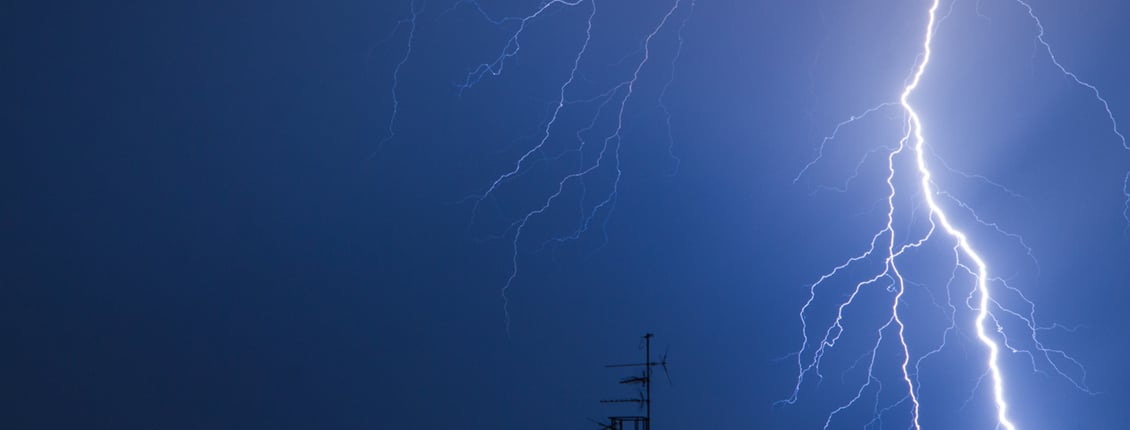
Finding the Right Surge Protectors for Your Customers
When a thunderstorm hits, the last thing most consumers think about is the power protection that protects their home electronics from dangerous surge damage. But while lightning strikes are obvious, most consumers don’t know how the negative effect the typical activity in their home’s power system puts their most valuable electronics at risk.
Did you know?
- 51% of 109,049 Lightning insurance claims in 2016 were related to electrical surges.
- The average surge lasts 1/20th of a second, or 50 milliseconds. That’s why so many surges occur without consumers being aware, subtly sabotaging their power protection solutions.
- Residential surges in a typical home are often caused by large appliances switching on and off.
These surges destroy your customers’ electronics and disrupt their lives. But there are accessories that can make the difference: surge protectors.
The Facts about Surge Protectors
Each surge protector can only absorb so many Joules of surge before it stops functioning. In other words, a surge protector that’s rated for 1,000 Joules can take one, 1,000-Joule surge (like from a lightning strike). But if the home is experiencing lots of small surges (and almost are), the surge protector can only take a cumulative total of 1,000 Joules worth of surge.
Because of the unpredictability or surges, it’s important to educate your customers about what it will take to protect their devices. The lowest level of adequate protection is: 200 Joules.
But most consumers will need more protection than that. Here are some options that are sure to give your customers the protection that they need.
Good
For customers with valuable electronic devices, the lowest level of surge protection is insufficient. Good surge protection begins with at least 1,400 Joules of power. A versatile surge protector will also provide a few other key features. If the customer is using the surge protector for a home theater system, a cord of at least a few feet is a must. And if it’s being used in the home, child safety covers are also a big bonus. The 8-Outlet Surge Protector from Tripp Lite offers these features plus two diagnostic LEDs that indicate protection and ground status. A host of other features makes it a good starting point for most consumers.
Better
Sometimes the basics just aren’t enough. Particularly if a customer has a home office, additional features will be required. The 8-Outlet Surge Protector with Telephone/DSL/Fax Protection has the additional surge protection features a home office might need. The data line protection shields phone systems, modems, and other critical devices from transient surges. The EMI/RFI filtration feature eliminates interference and makes for a cleaner power source. Again, the number of outlets is a plus and allows for all the devices to be connected and protected with a $250,000 connected equipment guarantee.
Best
Of course, when it comes right down to it, the most important factor for surge protectors is the Joule rating. Amp it with SKUs like the 11-Outlet Surge Arrest® Surge Protector with 2 USB Charging Ports. Customers will love the peace of mind that comes from charging their tablets and phones via the two USB points. Ethernet, coaxial, and telephone protection make it an option for the home theater or the office. The adjustable cable management allows for seamless use in any room and clean, well-managed cables. And the Joule rating: 2,880. It can take the beating that comes from surges at home or on the larger power grid.
The Takeaway
Surge protectors might not always be the trendiest topic to discuss, but our reliance on delicate electronics makes them increasingly important. Protecting against transient surges saves consumers money and helps to avoid the disruption that comes from electronics that are damaged or ruined. Check out Petra’s full line of surge protectors and find the SKUs that will move off your shelves!
